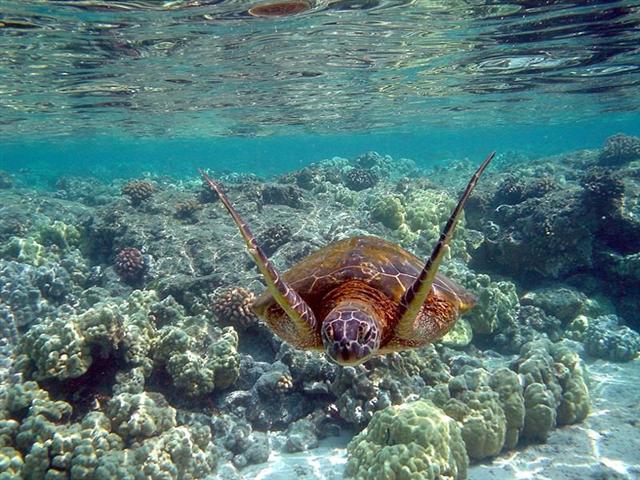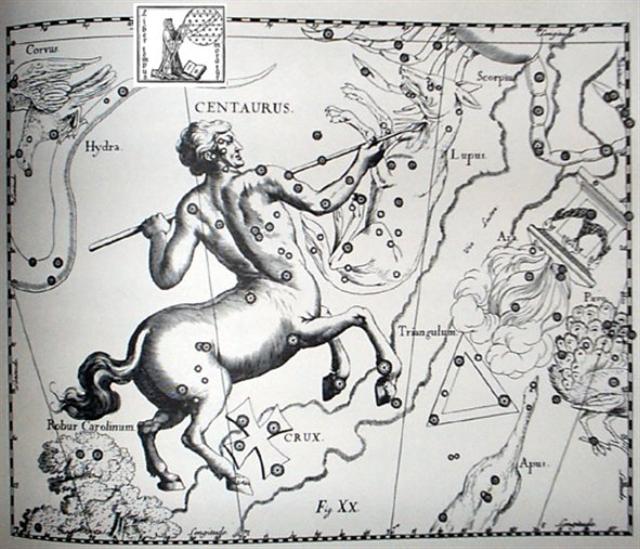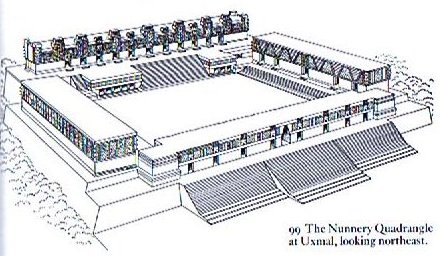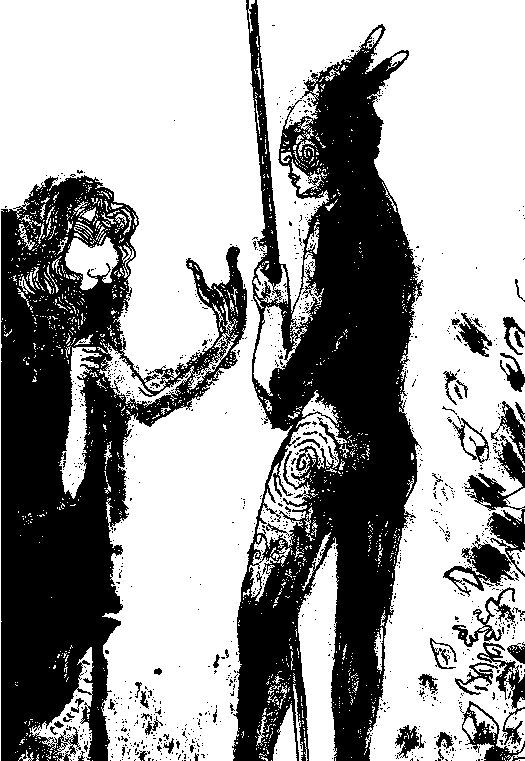|
R (Small
Washington Tablet)
17. The hanging figures in the center of line Ra4 had neither arms nor legs, so they should be neither pictures of the turtle (te honu) nor of nuku (crowds of light sources referring to the night after autumn equinox):
Ahi. Fire; he-tutu i te ahi to light a fire. Ahiahi = evening; ahiahi-ata, the last moments of light before nightfall. I te ahiahi-ata he garo te raŠ ki raro ki te vai kava. In the evening the sun disappears under the sea. Ku-tea-Š te hetu'u ahiahi, the evening star has risen. Vanaga. 1. Candle, stove, fire (vahi); ahi hakapura, match; ahi hakagaiei, firebrand waved as a night signal. P Mgv.: ahi, fire, flame. Mq.: ahi, fire, match, percussion cap. Ta.: ahi, fire, percussion cap, wick, stove. 2. To be night; agatahi ahi atu, day before yesterday. 3. Pau.: ahi, sandalwood. Ta.: ahi, id. Mq.: auahi, a variety of breadfruit. Sa.: asi, sandalwood. Ha.: ili-ahi, id. Ahiahi, afternoon, night; kai ahiahi, supper. P Pau., Mgv., Mq., Ta.: ahiahi, afternoon, evening. Ahipipi (ahi 1 - pipi 2) a spark, to flash. Churchill.
And the cock calling out (ragi) in Ra4-12 had no real (living) lower jaw.
The star η Centauri is located at the elbow of:his right arm which is holding the spear for finishing off the Wolf (Lupus):
This remarkable feature (a bony lower jaw) agrees with how the Mayas saw 10 and -teen:
... An iconographic study by Jeff Kowalski suggests a cosmological layout for the Nunnery. The higher placement of the North Building, with its 13 exterior doorways (reflecting the 13 layers of heaven), and the celestial serpents surmounting the huts identify it with the celestial sphere. The iconography of the West Building, with 7 exterior doorways (7 is the mystic number of the earth's surface), and figures of Pawahtun - the earth god as a turtle - indicate this to be the Middleworld, the place of the sun's descent into the Underworld. The East Building has mosaic elements reflecting the old war cult of Teotihuacan, where tradition had it that the sun was born; thus, this may also be Middleworld, the place of the rising sun. Finally, the South Building has 9 exterior doorways (the Underworld or Xibalba had 9 layers), and has the lowest placement in the compex; it thus seems to be associated with death and the nether regions ...
Before making landfall (in spring) arms and legs had not yet evolved: ... During his descent the ancestor still possessed the quality of a water spirit, and his body, though preserving its human appearance, owing to its being that of a regenerated man, was equipped with four flexible limbs like serpents after the pattern of the arms of the Great Nummo. The ground was rapidly approaching. The ancestor was still standing, his arms in front of him and the hammer and anvil hanging across his limbs. The shock of his final impact on the earth when he came to the end of the rainbow, scattered in a cloud of dust the animals, vegetables and men disposed on the steps. When calm was restored, the smith was still on the roof, standing erect facing towards the north, his tools still in the same position. But in the shock of landing the hammer and the anvil had broken his arms and legs at the level of elbows and knees, which he did not have before. He thus acquired the joints proper to the new human form, which was to spread over the earth and to devote itself to toil ... And before the new crops had emerged there was nothing to eat (kai) and no lower jaw bone was necessary - chewing did not occur. ... Antares, visible in the morning sky of December-January, came to stand for summer heat; hence the saying, 'Rehua cooks (ripens) all fruit'. The generally accepted version of the Rehua myth, according to Best, is that Rehua had two wives, the stars on either side of Antares. One was Ruhi-te-rangi or Pekehawani, the personification of summer languor (ruhi), the other Whaka-onge-kai, She-who-makes-food-scarce before the new crops can be harvested
|
||||||||||||||||||||||||||||||||||||||||||||||||||||||













.jpg)

